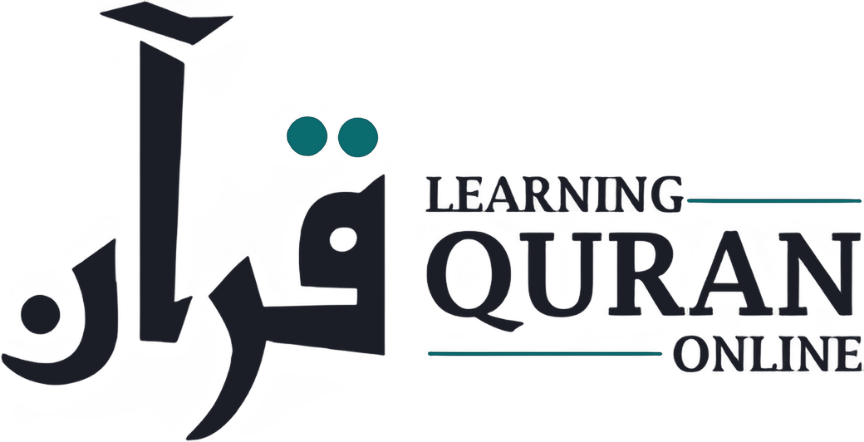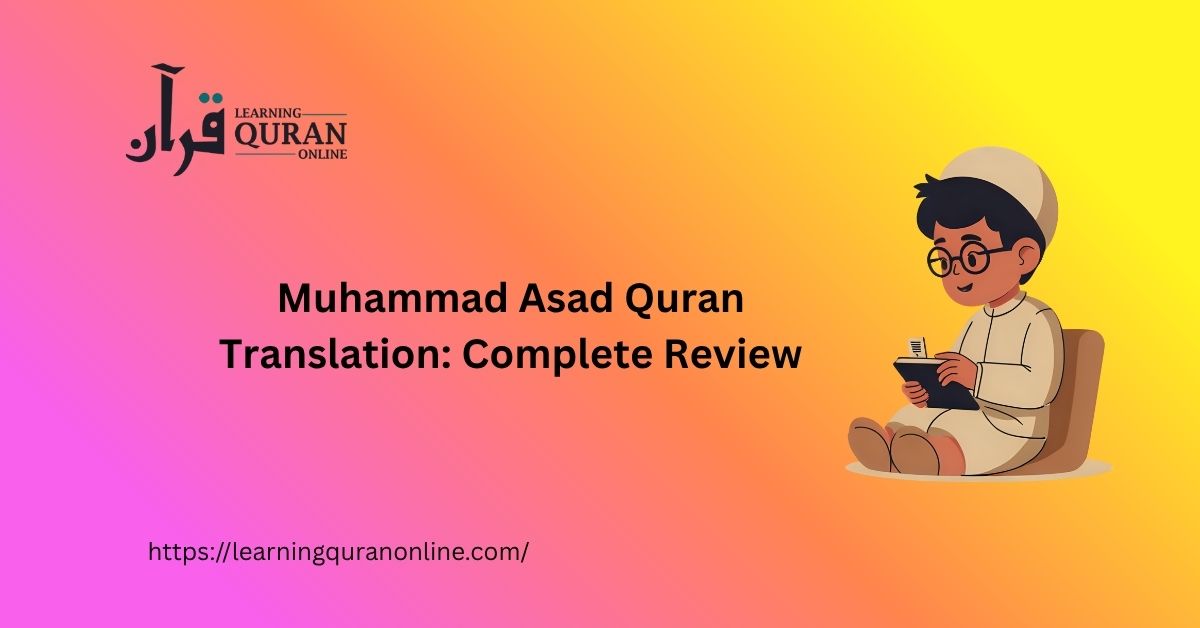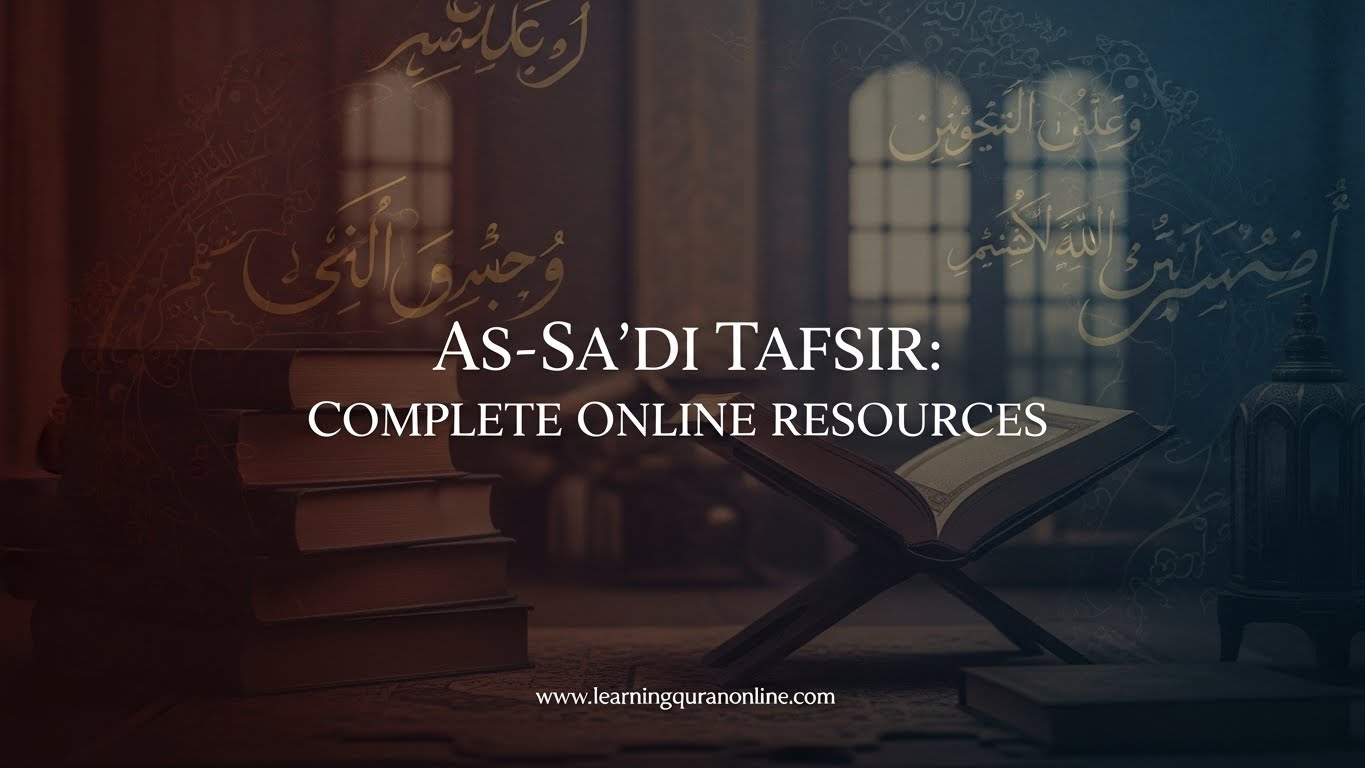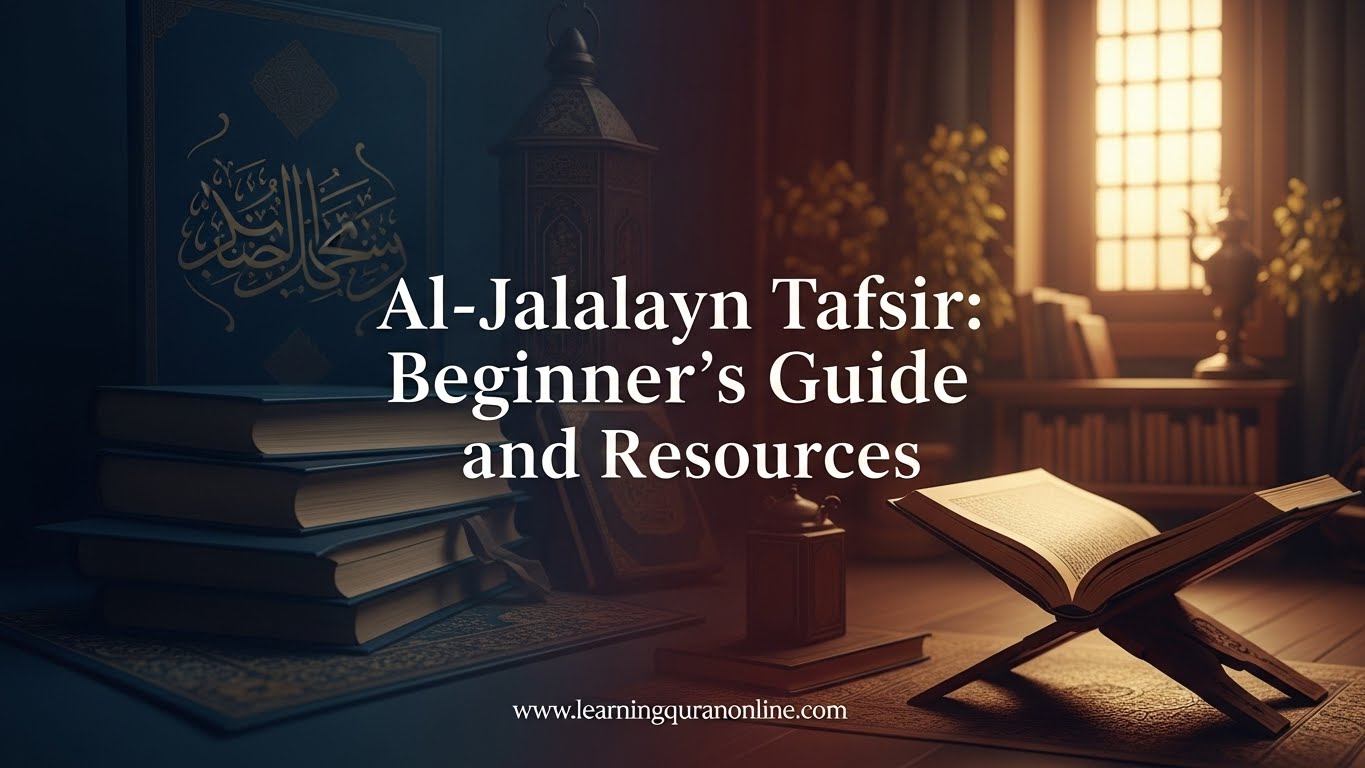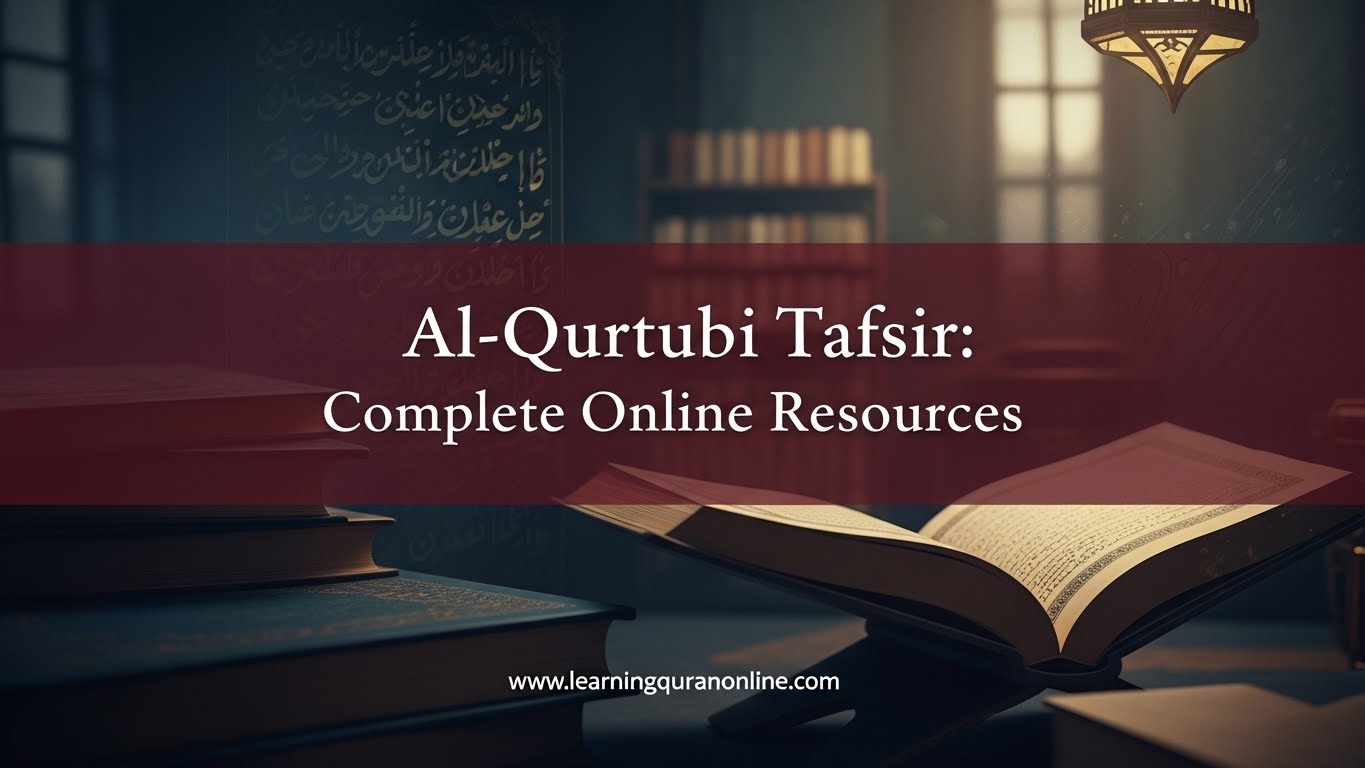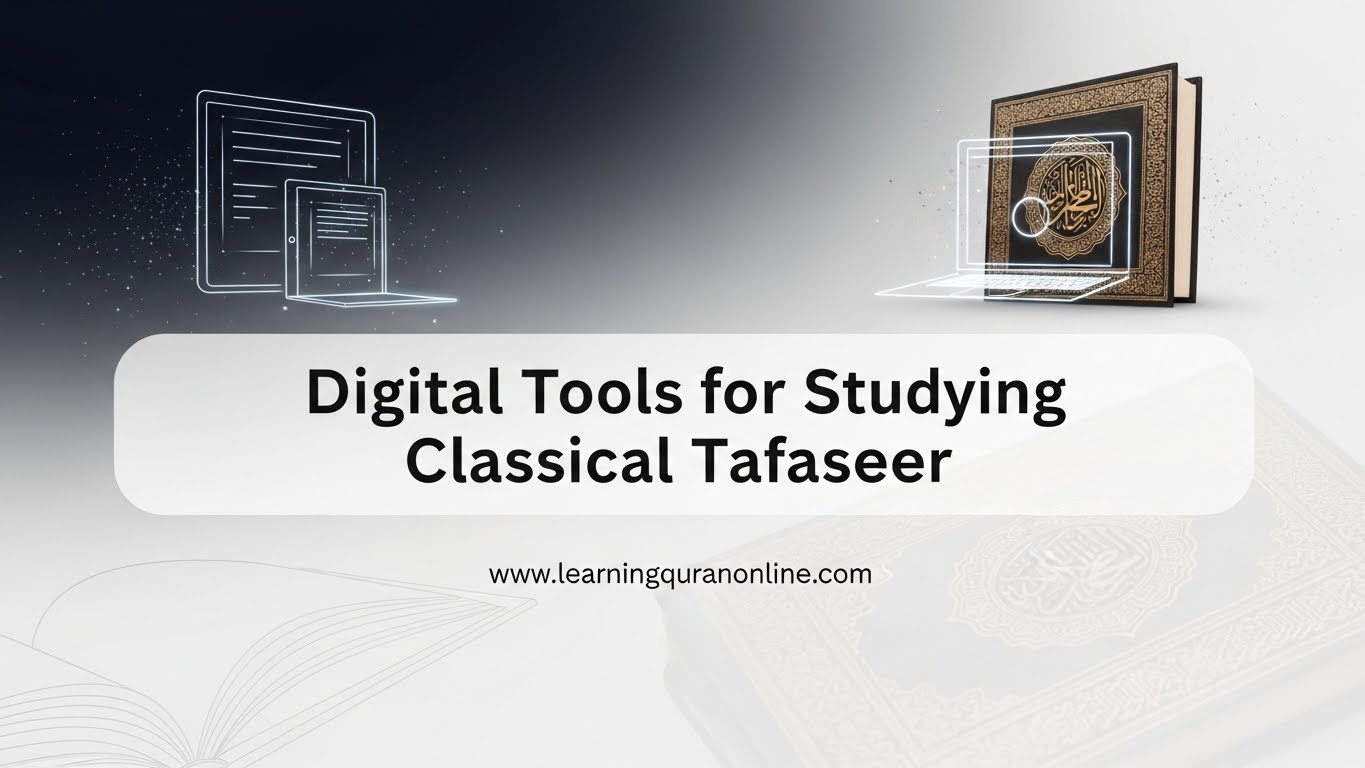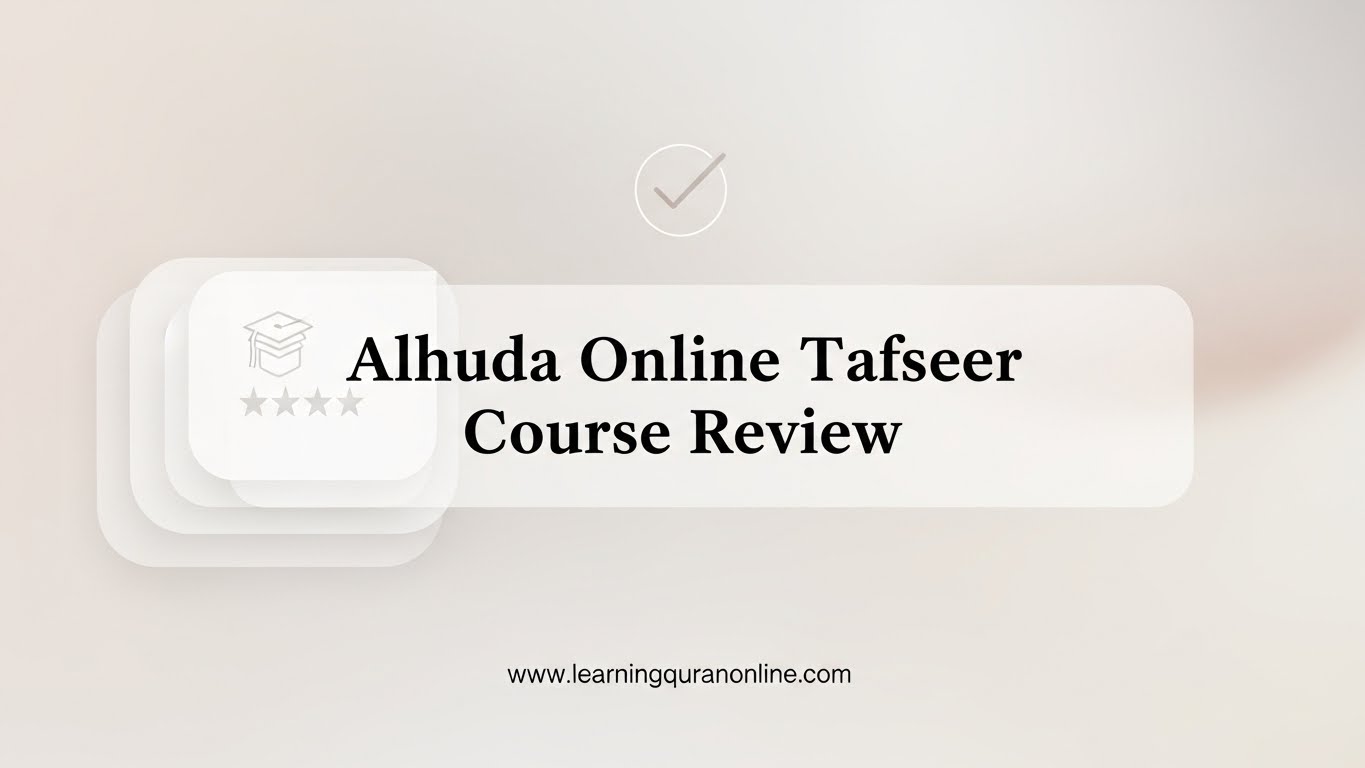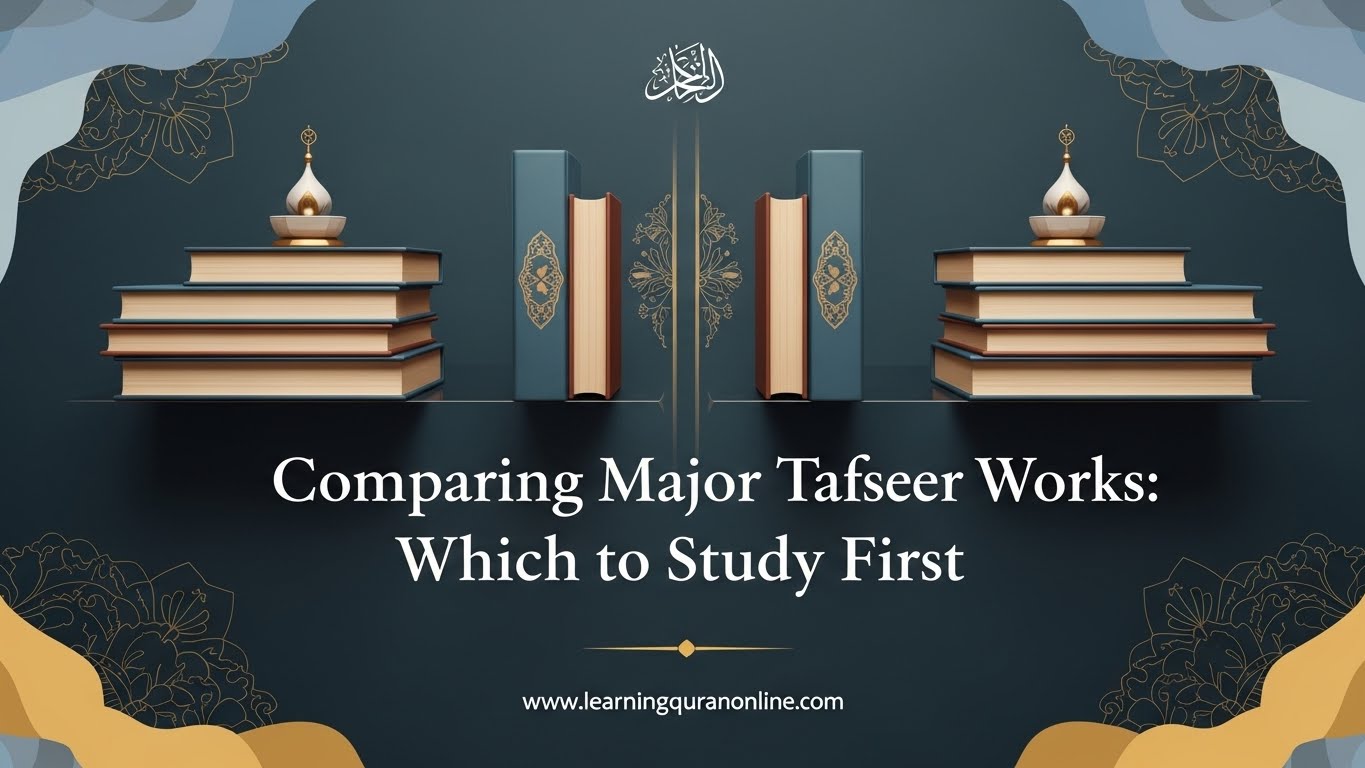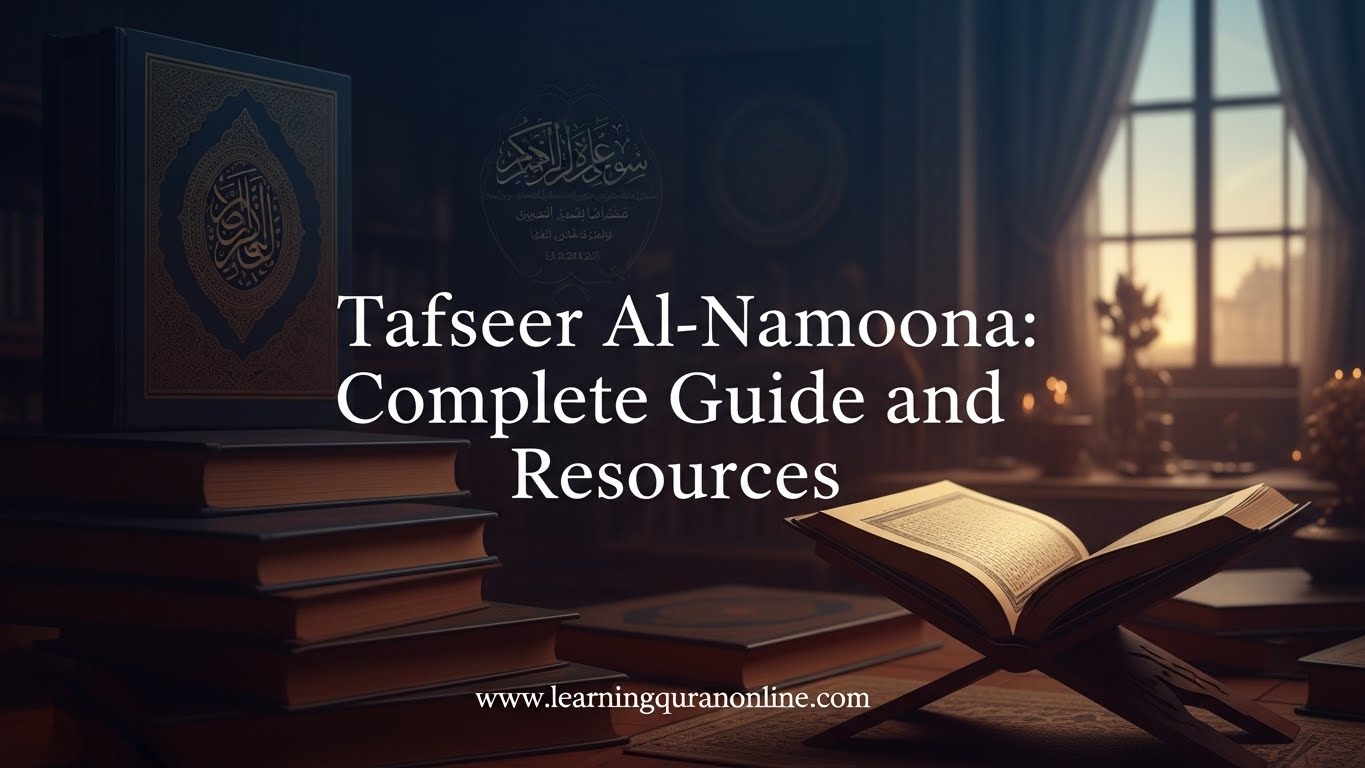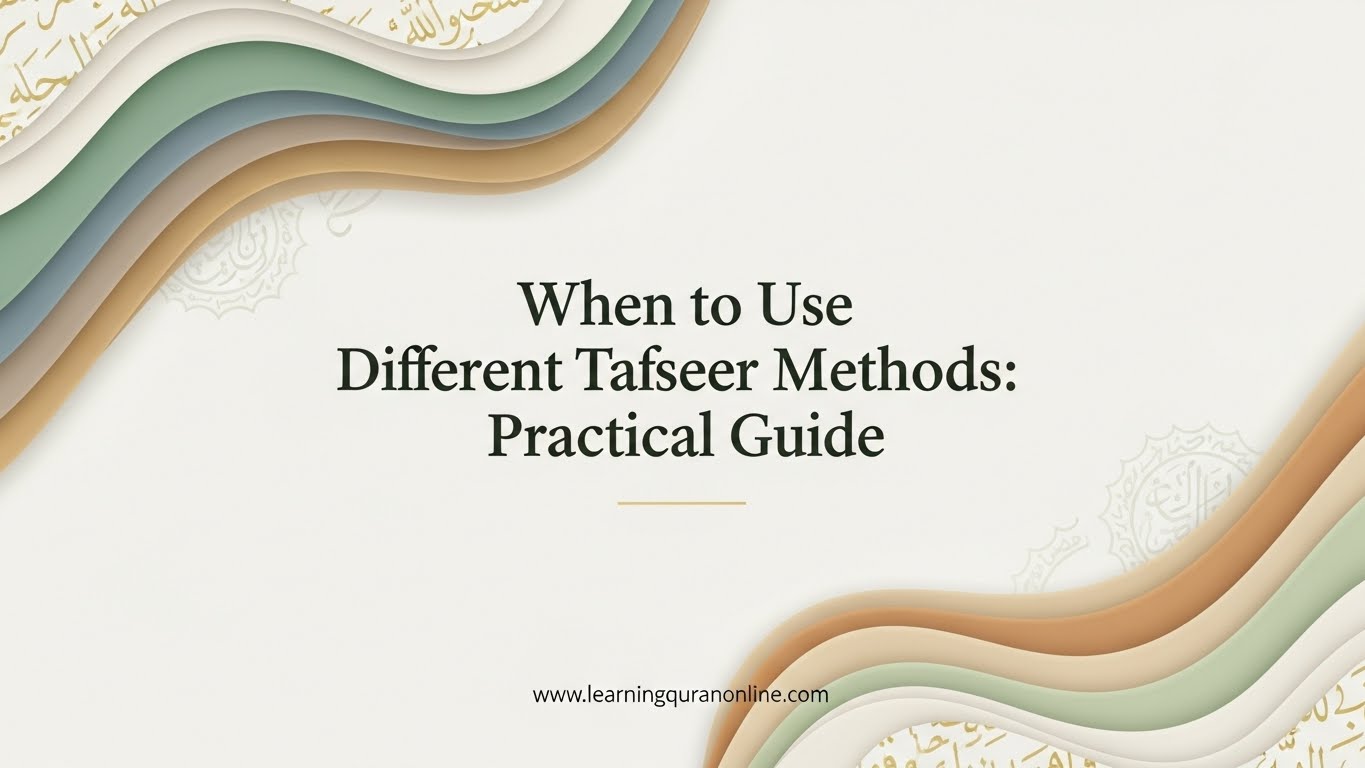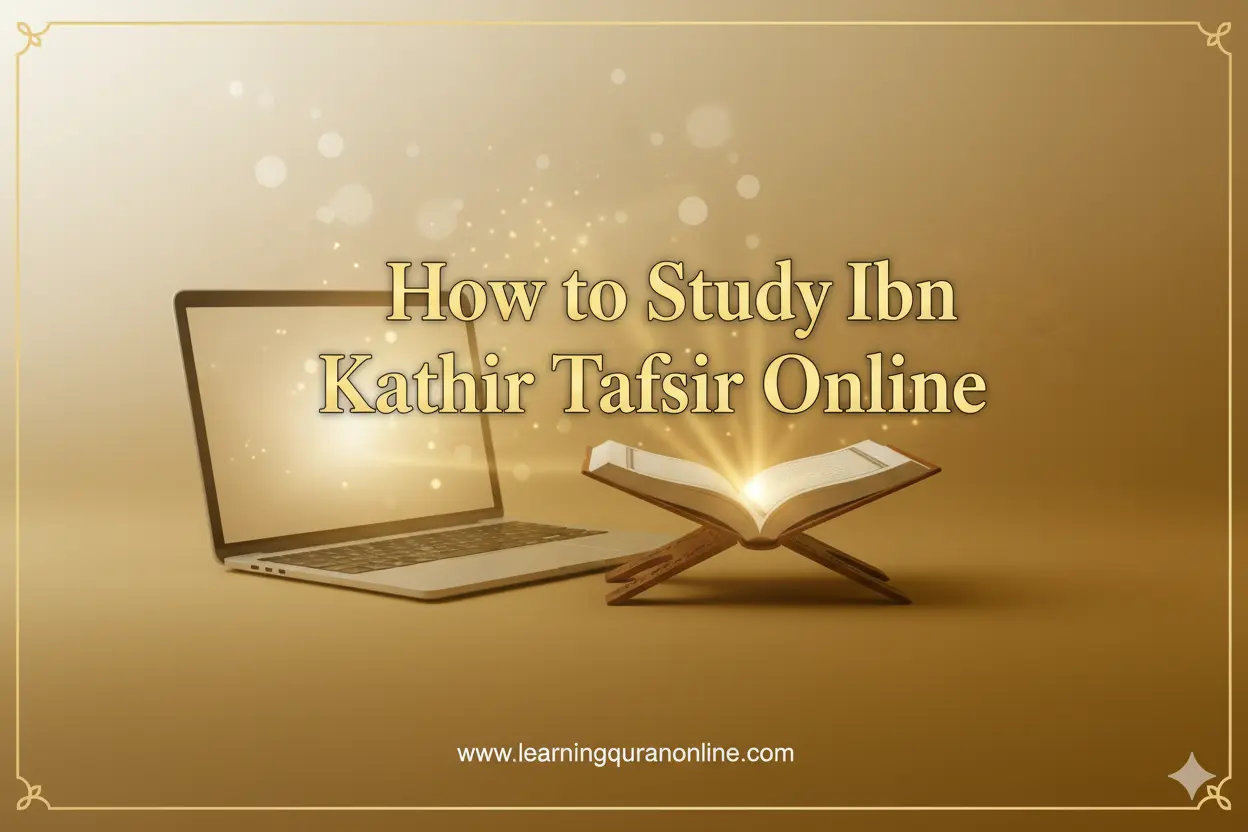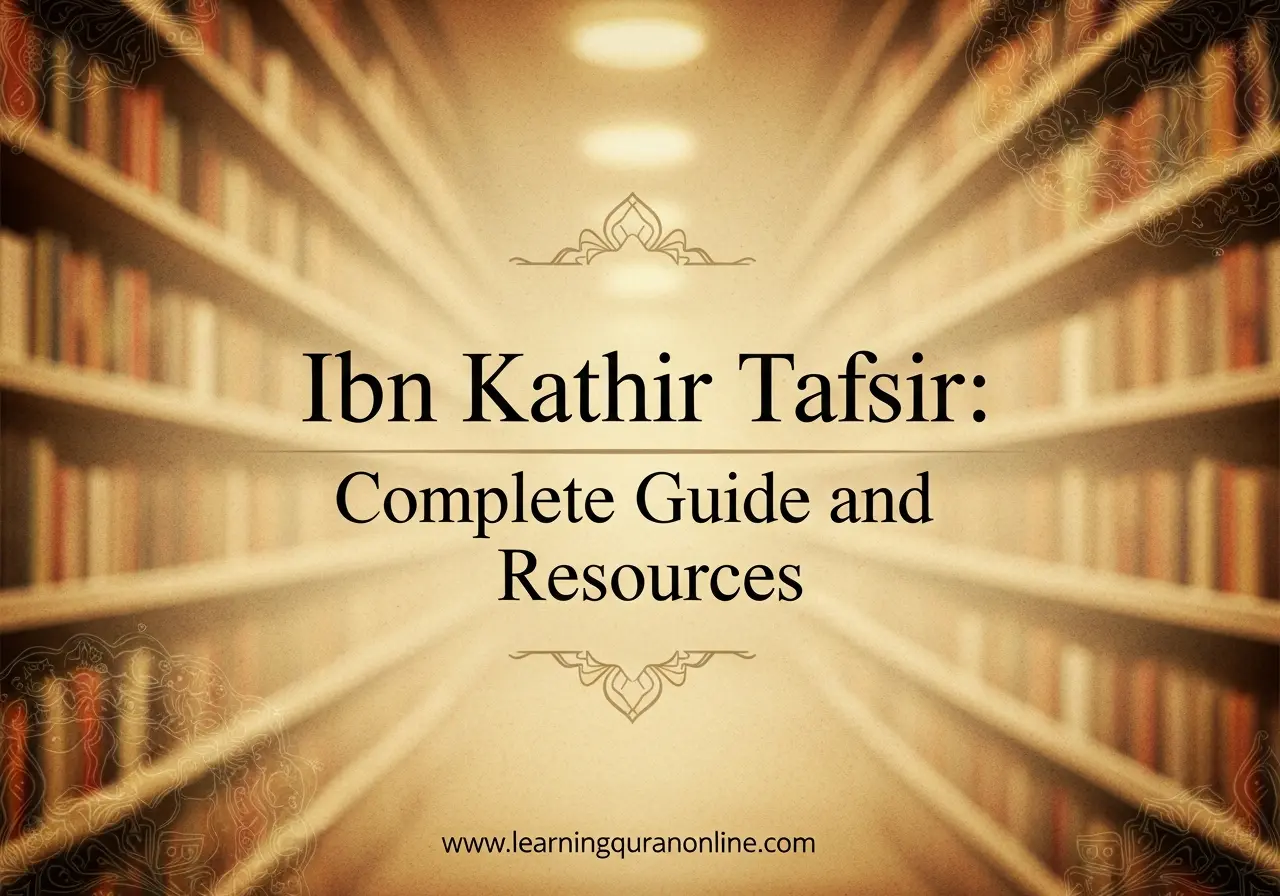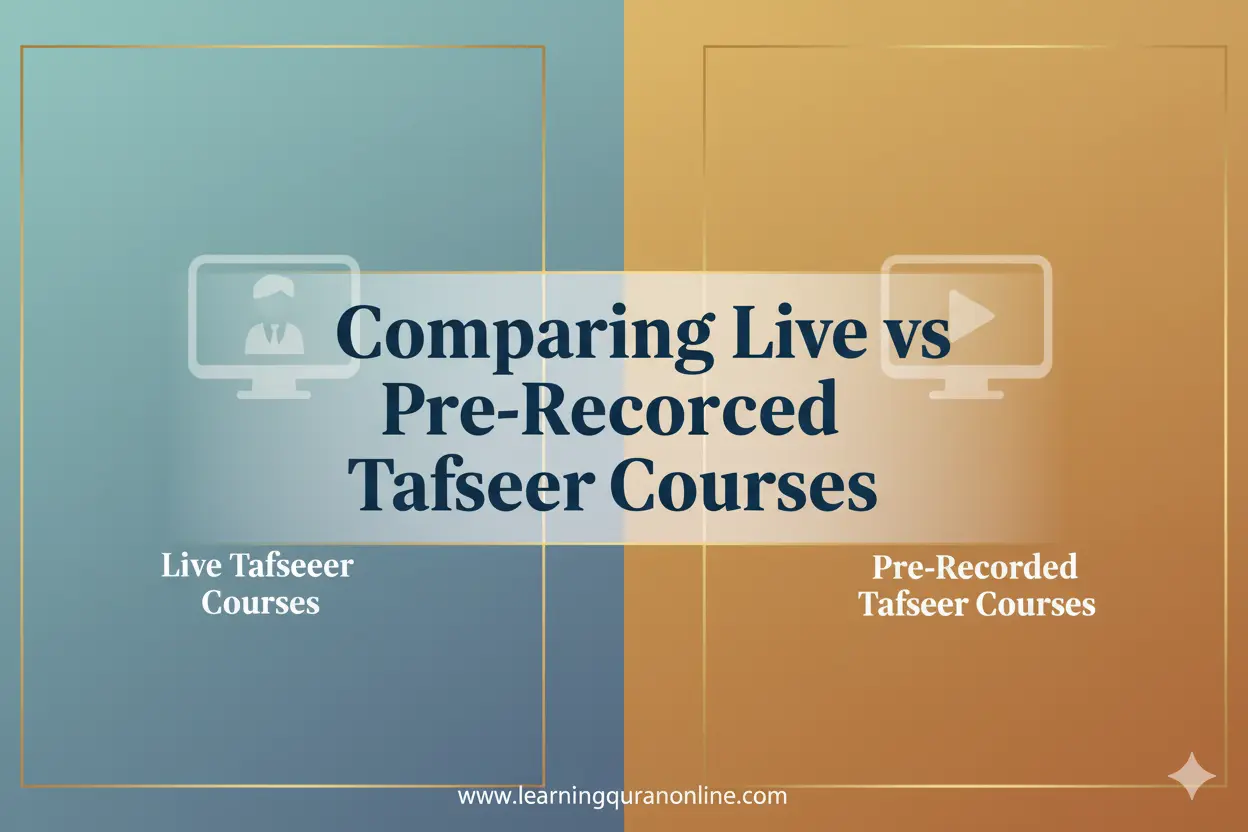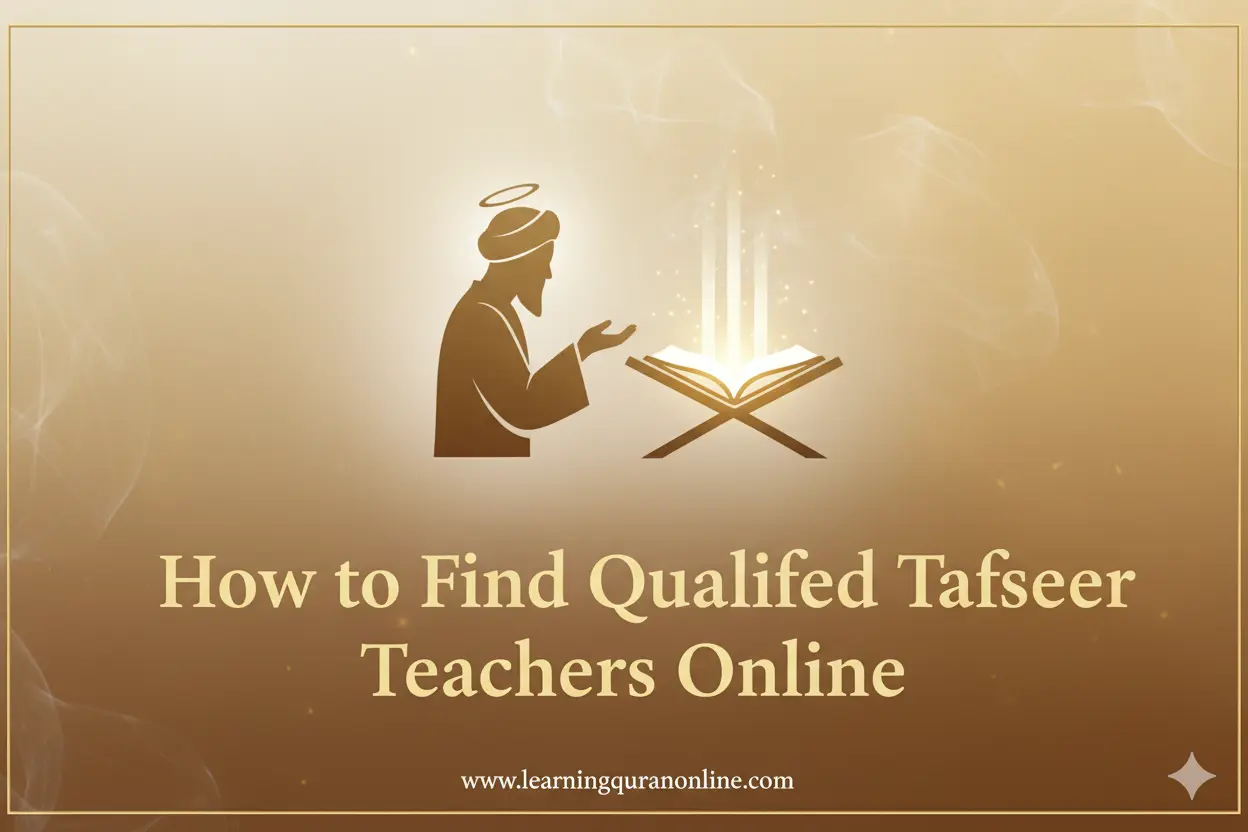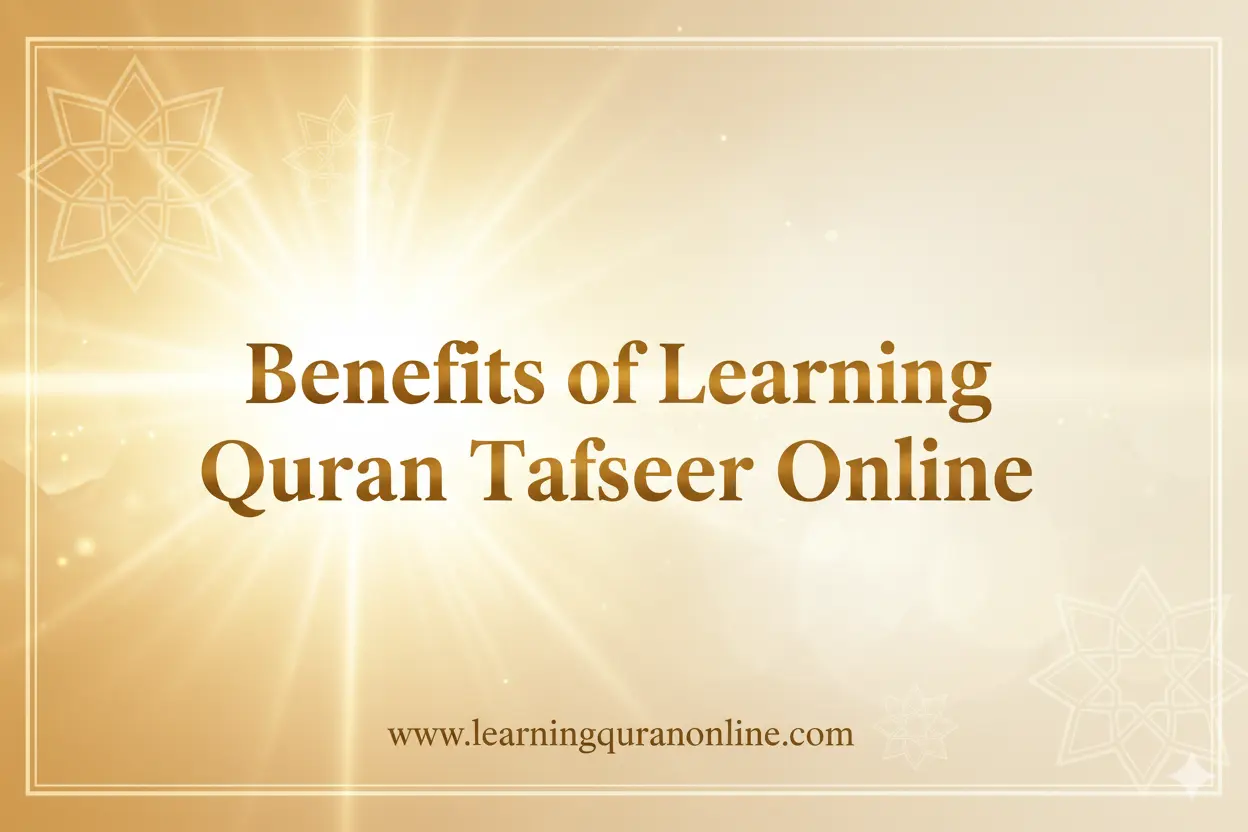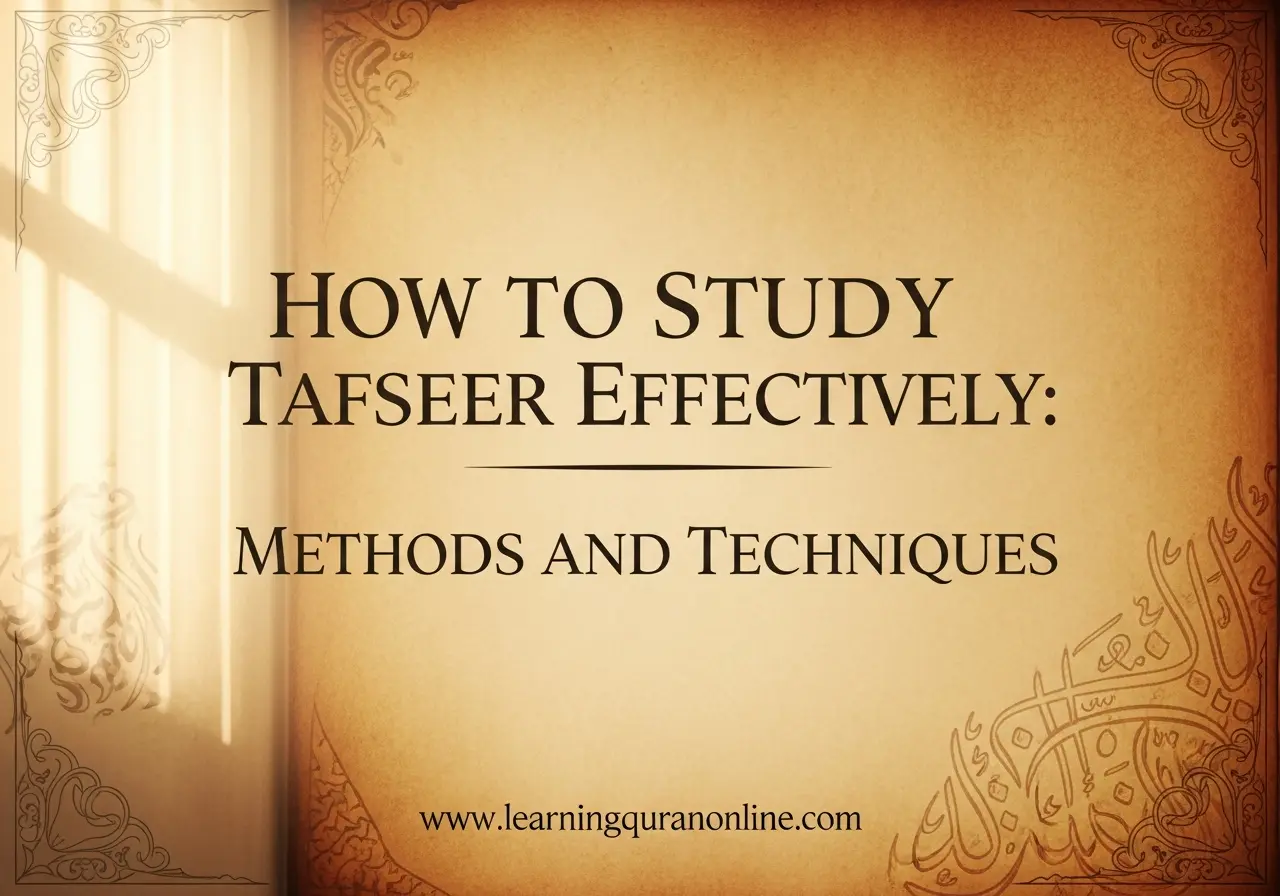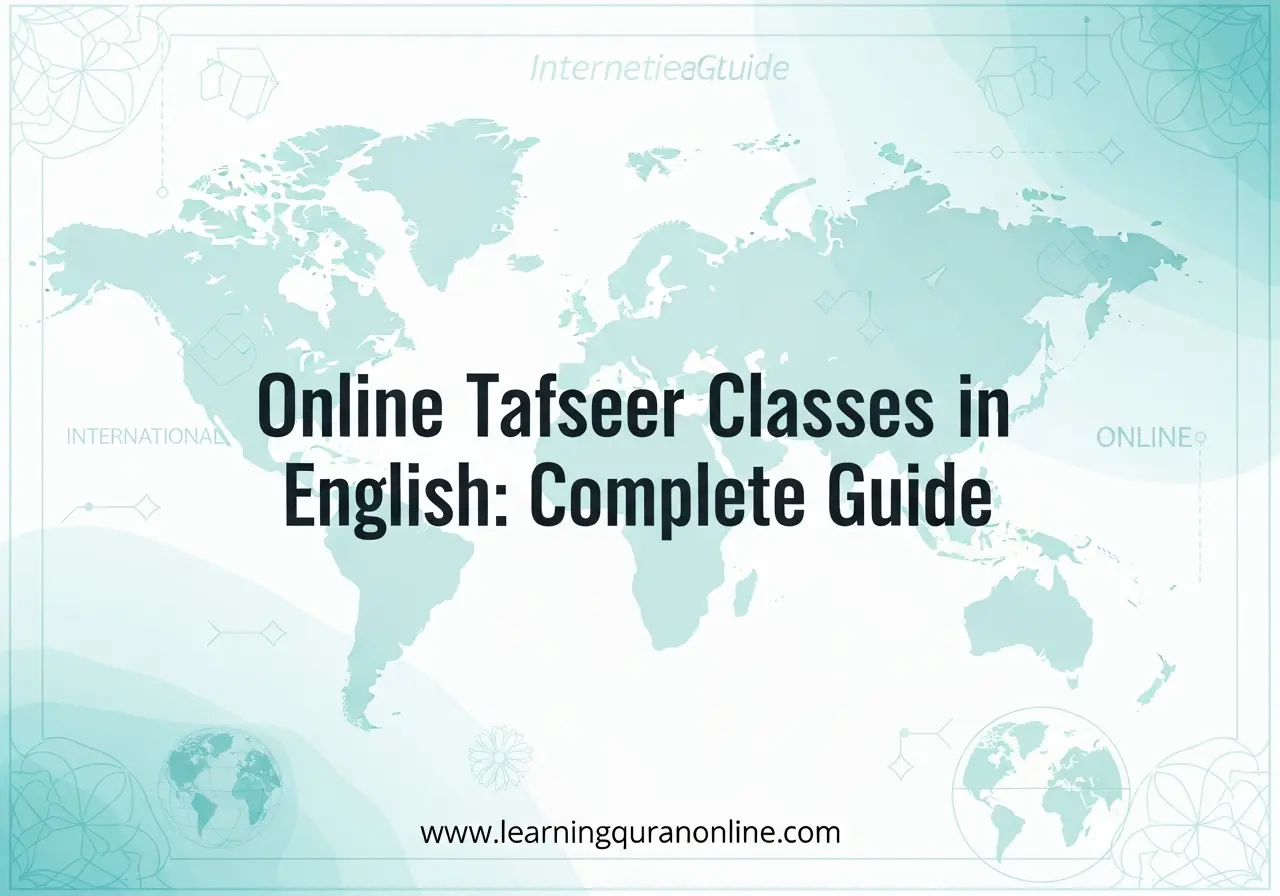Table of Contents
ToggleWho was Muhammad Asad and what is his translation?
Muhammad Asad (born Leopold Weiss) was a 20th-century Muslim scholar, journalist and translator whose intellectual background combined Western education and deep engagement with Islamic texts. His English rendering of the Quran is more than a simple translation; it includes extensive commentary, translator’s notes, and a interpretative framework that aims to make the Qur’anic message accessible to contemporary English readers while highlighting linguistic and contextual issues.
Key features of Muhammad Asad’s translation
Asad’s translation is characterized by several distinctive elements that make it stand out among English translations:
- Interpretative translation: Rather than adhering to a strictly literal word-for-word approach, Asad often chooses dynamic, contextual English that attempts to convey sense and meaning.
- Extensive notes and commentary: His edition reads like a compact tafsir (exegesis), with lengthy footnotes, cross-references, and discussions of linguistic, theological and historical issues.
- Linguistic sensitivity: Asad demonstrates an interest in the subtleties of Arabic grammar and semantics, explaining alternative readings and providing philological insights.
- Modern and philosophical tone: The prose is often reflective and philosophical, appealing to readers who appreciate rational and contextual interpretations of the text.
- Contextualization: The work frequently situates verses within historical, social and rhetorical contexts — useful for thematic and comparative study.
The Clear Quran by Mustafa Khattab: Complete Review
Strengths — Why readers value Asad’s work
There are clear reasons why students, academics and reflective readers turn to Muhammad Asad’s Quran translation:
- Depth of explanation: The comprehensive notes help readers understand background, variant readings and interpretative choices, making it a valuable companion for serious study.
- Intellectual clarity: Asad’s training and worldview allow him to frame Quranic concepts within philosophical and moral discussions that modern readers find accessible.
- Comparative insight: His commentary often brings in comparative religion and history, giving a broader perspective on Quranic themes.
- Useful for scholars: Researchers and students of Islamic studies often cite Asad for his critical observations and linguistic remarks.
- Readable English: Compared with some older translations that use archaic phrasing, Asad opts for contemporary English that still aims for dignity and precision.
Weaknesses and criticisms
No translation is free from critique, and Asad’s edition attracts several common criticisms:
- Subjective interpretation: Asad’s philosophical and rationalist lens sometimes leads to interpretative choices that differ from classical tafsir traditions; traditionalists may find some renderings controversial.
- Dense commentary: The explanatory notes are substantial and can be overwhelming for beginners or casual readers seeking a simple reading of the text.
- Not strictly literal: Those who prioritize literalist translations (for memorization or word-for-word study) may prefer other editions.
- Occasional idiosyncrasy: Asad’s background and intellectual positions shape his translations in ways that not all readers will agree with, especially on theological or doctrinal subtleties.
How Asad compares with other English translations
When placing Muhammad Asad’s translation side-by-side with other popular English versions, several contrasts appear:
- Yusuf Ali: Yusuf Ali’s translation is poetic and includes commentary rooted in classical sources; Asad is more philosophically modern and often more analytical.
- Pickthall: Pickthall leans more literal and traditional in tone; Asad is more interpretive and explanatory.
- Saheeh International and contemporary translators: These tend to focus on clarity and accessibility for modern readers, often with less extensive commentary than Asad.
In short, Asad’s work is best seen as a thoughtful, academic-style interpretative translation rather than a minimally annotated literal rendering.
Sahih International Quran Translation Guide
Who should read Muhammad Asad’s translation?
Asad’s edition is particularly suited to certain audiences:
- Advanced students and academics looking for linguistic and contextual insight.
- Readers interested in modernist and rationalist perspectives within Islamic thought.
- Those who want an English translation accompanied by in-depth explanatory notes that function like a tafsir.
Conversely, beginners, young learners, or readers seeking a simple, devotional reading of the Quran may find the commentary-heavy style challenging. For those in Islamic education or online Quran learning programs, Asad is best used as a secondary resource to deepen context and understanding rather than as an introductory text.
Practical tips for studying the Quran with Asad’s translation
If you plan to use Muhammad Asad’s translation in study or teaching, the following suggestions will help you make the most of it:
- Use it alongside a more literal translation: Pairing Asad with a literal translation helps balance interpretative insights with word-level accuracy.
- Read the notes selectively: Focus on the commentary for passages where context or historical background matters most.
- Cross-check with classical tafsir: Compare Asad’s views with traditional commentaries (e.g., Tafsir al-Tabari, Tafsir al-Qurtubi) to see where interpretations converge or diverge.
- Apply in thematic study: Asad’s contextual notes are particularly useful for topical or thematic analysis of Quranic concepts.
- Consult a teacher: For serious theological or legal questions, consult qualified scholars or instructors rather than relying solely on a single translation’s commentary.
Use in online Quran learning and courses
In modern Quran study environments — including online Quran academies and self-paced learning — Asad’s translation serves well as a scholarly companion. For platform-based learning, such as courses run by Learning Quran Online, instructors may recommend Asad for advanced modules that explore linguistic nuance, historical context, and cross-cultural perspectives. It provides rich material for discussion, essay prompts, and comparative analysis exercises.
Our Online Quran Translation Classes
Final evaluation and recommendation
Muhammad Asad’s Quran translation is a landmark interpretative work for English-language readers. Its advantages lie in intellectual engagement, depth of commentary, and thoughtful modern English renderings. It is an excellent resource for scholars, advanced students, and reflective readers who want to explore the Quran’s message through a modern, philosophical lens. At the same time, its interpretative nature and dense notes mean it is not the best standalone choice for beginners or purely devotional reading.
If you are building a study library, consider including Asad alongside a more literal translation and a classical tafsir. Use it for thematic study, advanced coursework, and critical examinations of translation choices. When paired with a qualified teacher or structured course, it becomes a powerful tool for deepening Quranic comprehension.
Quick summary
- Best for: Advanced students, academics, and readers seeking interpretative depth and linguistic commentary.
- Not ideal for: Beginners, young learners, or those wanting a simple devotional reading.
- Style: Interpretative, philosophical, context-rich, and commentary-heavy.
- Recommendation: Use as a secondary resource alongside literal translations and classical tafsir; consult teachers for theological questions.
Further reading
For readers interested in comparative translation study, explore editions by Yusuf Ali, Pickthall, Saheeh International and modern scholarly commentaries. Combining different approaches will give a more rounded understanding of Quranic nuance, translation philosophy, and exegetical tradition.
For online course recommendations and guided study plans that integrate scholarly translations and interpretative tafsir, consider reputable learning platforms that pair texts with qualified instructors and structured lessons.
